Paula Modersohn-Becker (1876 – 1907)
Get a Modersohn Certificate of Authenticity for your painting (COA) for your Modersohn drawing.
For all your Modersohn artworks you need a Certificate of Authenticity (COA) in order to sell, to insure or to donate for a tax deduction.
Getting a Modersohn Certificate of Authenticity (COA) is easy. Just send us photos and dimensions and tell us what you know about the origin or history of your Modersohn painting or drawing.
If you want to sell your Modersohn painting or drawing use our selling services. We offer Modersohn selling help, selling advice, private treaty sales and full brokerage.
We have been authenticating Modersohn and issuing certificates of authenticity since 2002. We are recognized Modersohn experts and Modersohn certified appraisers. We issue COAs and appraisals for all Modersohn artworks.
Our Modersohn paintings and drawings authentications are accepted and respected worldwide.
Each COA is backed by in-depth research and analysis authentication reports.
The Modersohn certificates of authenticity we issue are based on solid, reliable and fully referenced art investigations, authentication research, analytical work and forensic studies.
We are available to examine your Modersohn painting or drawing anywhere in the world.
You will generally receive your certificates of authenticity and authentication report within two weeks. Some complicated cases with difficult to research Modersohn paintings or drawings take longer.
Our clients include Modersohn collectors, investors, tax authorities, insurance adjusters, appraisers, valuers, auctioneers, Federal agencies and many law firms.
We perform Paula Modersohn-Becker art authentication. appraisal, certificates of authenticity (COA), analysis, research, scientific tests, full art authentications. We will help you sell your Paula Modersohn-Becker or we will sell it for you.
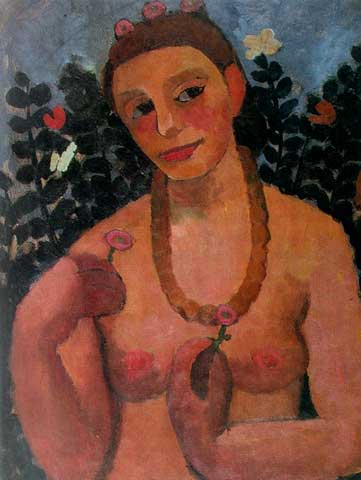
Paula Modersohn-Becker was a German painter and one of the most important representatives of early expressionism. Paula Becker was born and grew up in Dresden-Friedrichstadt. She was the third of seven children. Her father, the son of a Russian university professor, was employed with the German railway. He and Modersohn-Becker’s mother, who was from an aristocratic family, provided the children a cultured and intellectual environment in the home. In 1888 her parents moved from Dresden to Bremen. While visiting an aunt in London, England, she received her first instruction in drawing. Apart from her teacher’s training in Bremen in 1893-1895, Paula took private instruction in painting. In 1896 she participated in a course for painting and drawing sponsored by the “Verein der Berliner Künstlerinnen” (Union of Berlin Female Artists) which offered art studies to women.
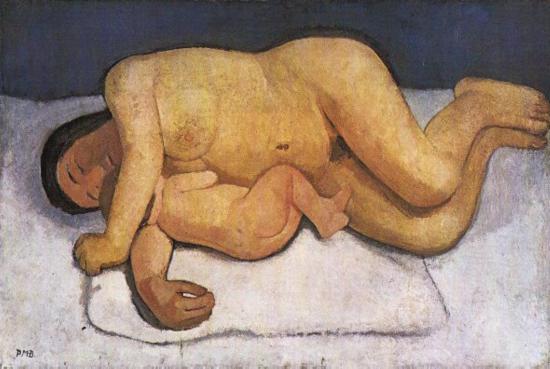
At the age of 22, she encountered the artistic community of Worpswede. In this “village”, artists such as Fritz Mackensen (1866-1953) and Heinrich Vogeler (1872-1942) had retreated to protest against the domination of the art academy and life in the big city. At Worpswede, Paula Modersohn-Becker took painting lessons from Mackensen. The main subjects were the life of the farmers and the northern German landscape. At this time she began close friendships with the sculptor Clara Westhoff (1875-1954) and the poet Rainer Maria Rilke (1875-1926). She also fell in love during this period, and in 1901 she married a fellow Worpswede painter, Otto Modersohn. In marrying Otto, she also became a step-mother to Otto’s daughter, Elsbeth Modersohn, the child from his first marriage to Helene Modersohn, then deceased.
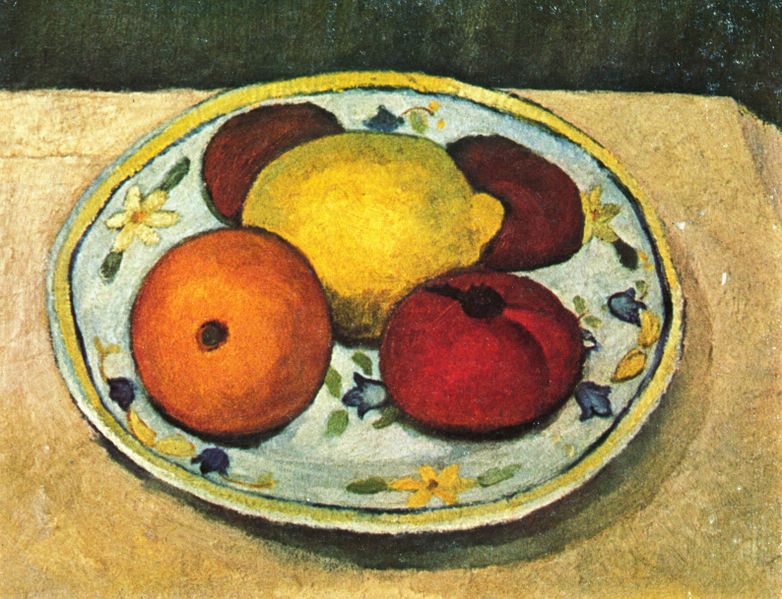
Between 1900 and 1907, Paula made several extended trips to Paris for artistic purposes, sometimes living separately from her husband, Otto. During one of her residencies in Paris, she took courses at the école des Beaux-Arts. She visited contemporary exhibitions often, and was particularly intrigued with the work of Paul Cézanne. Other post impressionists were especially influential, including Vincent Van Gogh and Paul Gaugin. Fauve influences may also appear in such works as Poorhouse Woman with a Glass Bottle. The influence by the work of French painter, Jean-Francois Millet, who was widely admired among the artists in the Worpswede group, may be seen in such pieces as her 1900 Peat Cutters.
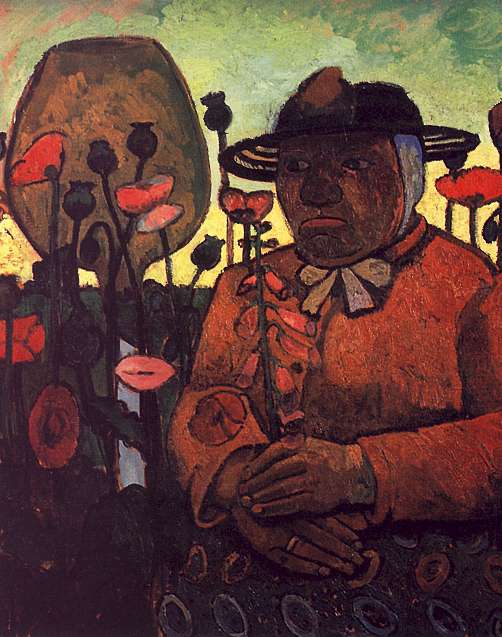
In her last trip to Paris in 1906, she produced a body of paintings from which she felt very great excitement and satisfaction. During this period of painting, she produced her initial nude self-portraits (something rather unprecedented by a female painter) and portraits of friends such as Rainer Maria Rilkeand Werner Sombart. Some critics consider this period of her art production to be the strongest and most compelling.
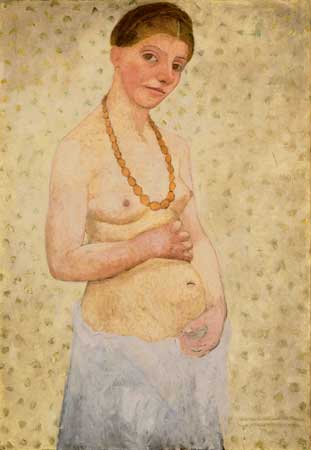
In 1907, Paula Modersohn-Becker returned to her husband in Worpswede. Their relationship, which had been particularly strained in 1906, had taken a turn towards improvement. Paula’s long-lived wish to conceive and bear a child was fulfilled. Her daughter Mathilde (Tillie) Modersohn was born on November 2nd, 1907. Paula and Otto were joyous. Sadly, the joy became soon overshadowed by tragedy, as Paula Modersohn-Becker died suddenly in Worpswede on November 20th from an embolism.
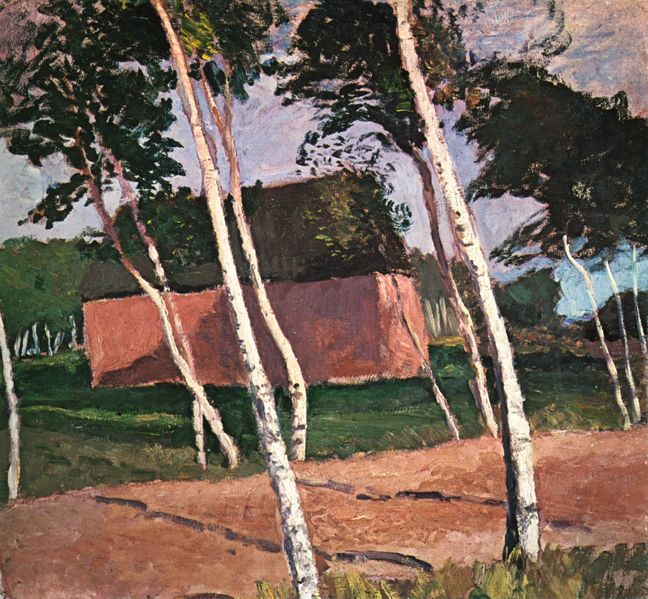
Still wondering about a German painting in your family collection? Contact us…it could be by Paula Modersohn-Becker.
